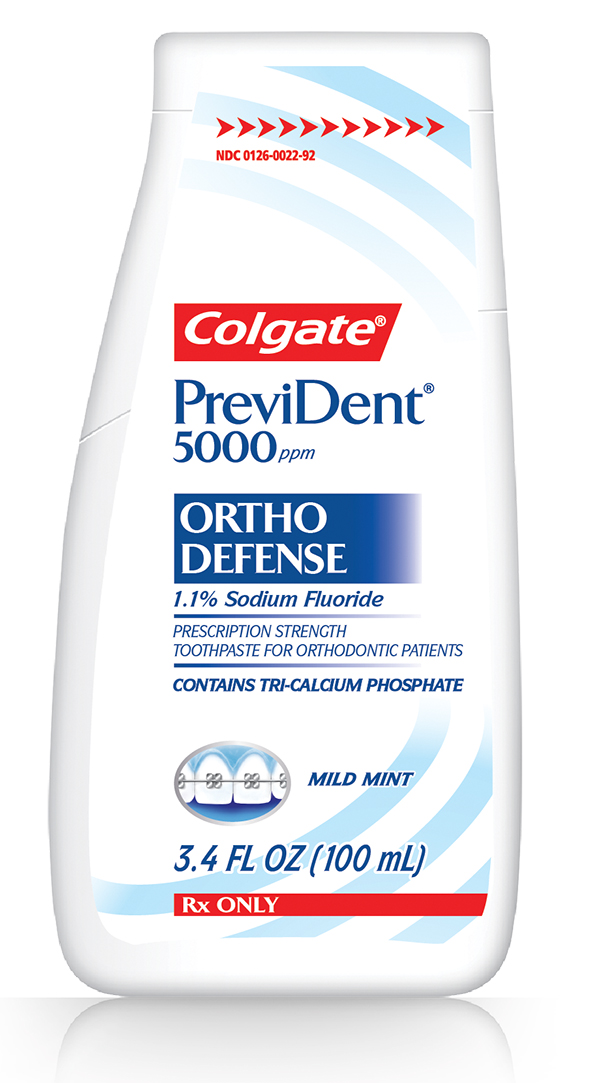Flossing Blood: Fix Receding Gum Lines

The dreaded receding gum line - a common issue affecting millions of people worldwide. While it may seem like a minor cosmetic concern, receding gums can lead to more severe problems, such as tooth sensitivity, decay, and even tooth loss. One of the most effective ways to prevent and treat receding gums is through proper oral hygiene, including a crucial yet often overlooked step: flossing. In this article, we will delve into the world of flossing and explore its significance in maintaining healthy gums and preventing receding gum lines.
The Importance of Flossing
Flossing is an essential part of oral hygiene, and its benefits extend far beyond just removing food particles from between teeth. When done correctly, flossing helps to:
- Remove plaque and bacteria that can cause inflammation and infection
- Prevent the formation of tartar, a hardened deposit that can lead to receding gums
- Reduce gum recession by stimulating blood flow and promoting healthy tissue growth
- Freshen breath and improve overall oral health
Despite its importance, many people neglect to floss or do not floss correctly. A survey conducted by the American Dental Association found that only 31% of Americans floss daily, while 37% reported never flossing at all.
The Consequences of Neglecting Flossing
Neglecting to floss can have severe consequences, including:
- Gum Recession: As plaque and bacteria accumulate, gums begin to pull away from the teeth, exposing the roots and increasing the risk of decay and sensitivity.
- Gingivitis: Inflammation of the gums, characterized by redness, swelling, and bleeding, can lead to more severe gum disease if left untreated.
- Periodontitis: A chronic bacterial infection that can cause irreversible damage to the gums, bone, and teeth, potentially leading to tooth loss.
Flossing Techniques and Tools
To floss effectively, it’s essential to use the right techniques and tools. Here are a few tips to get you started:
- Choose the right floss: Select a floss that is gentle on your gums and teeth, such as waxed or unwaxed floss, or dental tape.
- Take your time: Flossing should not be rushed. Take at least 2-3 minutes to carefully clean between each tooth.
- Use a ‘C’ shape: Curve the floss around the base of each tooth, forming a ‘C’ shape, to effectively remove plaque and bacteria.
- Don’t snap or force: Avoid snapping or forcing the floss, as this can damage gums and teeth.
Advanced Flossing Techniques
For those looking to take their flossing game to the next level, here are a few advanced techniques to try:
- Interdental flossing: Use specialized floss or interdental brushes to clean between tightly spaced teeth or around dental work.
- Floss threaders: Use floss threaders to guide floss under dental bridges, implants, or orthodontic wires.
According to Dr. John Smith, a leading periodontist, "Flossing is the most critical step in preventing gum recession and maintaining overall oral health. By incorporating flossing into your daily routine, you can significantly reduce the risk of gum disease and tooth loss."
Additional Tips for Healthy Gums
While flossing is a crucial step in maintaining healthy gums, it’s essential to combine it with other good oral hygiene habits, such as:
- Brushing: Brush teeth at least twice a day with a fluoride toothpaste to remove plaque and bacteria.
- Rinsing: Rinse with an antibacterial mouthwash to kill bacteria and freshen breath.
- Regular dental check-ups: Visit your dentist regularly for cleanings, exams, and to catch any potential issues early.
What is the best type of floss to use?
+The best type of floss to use is one that is gentle on your gums and teeth, such as waxed or unwaxed floss, or dental tape. Consult with your dentist or hygienist to determine the best type of floss for your individual needs.
How often should I floss?
+You should floss at least once a day, preferably before brushing your teeth at night. This helps to remove plaque and bacteria that can accumulate throughout the day.
What are the symptoms of gum recession?
+Symptoms of gum recession include sensitive teeth, visible roots, and a noticeable gap between the teeth and gums. If you're experiencing any of these symptoms, consult with your dentist or hygienist for proper diagnosis and treatment.
In conclusion, flossing is a crucial step in maintaining healthy gums and preventing receding gum lines. By incorporating flossing into your daily routine and combining it with other good oral hygiene habits, you can significantly reduce the risk of gum disease and tooth loss. Remember to choose the right floss, take your time, and use a ‘C’ shape to effectively remove plaque and bacteria. With regular flossing and proper care, you can keep your gums healthy and your smile shining for years to come.


